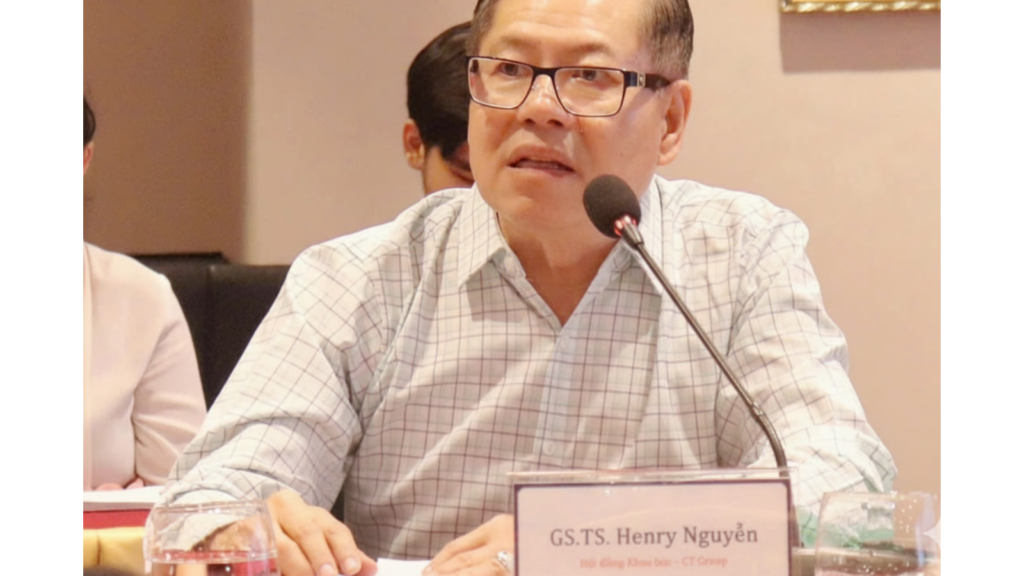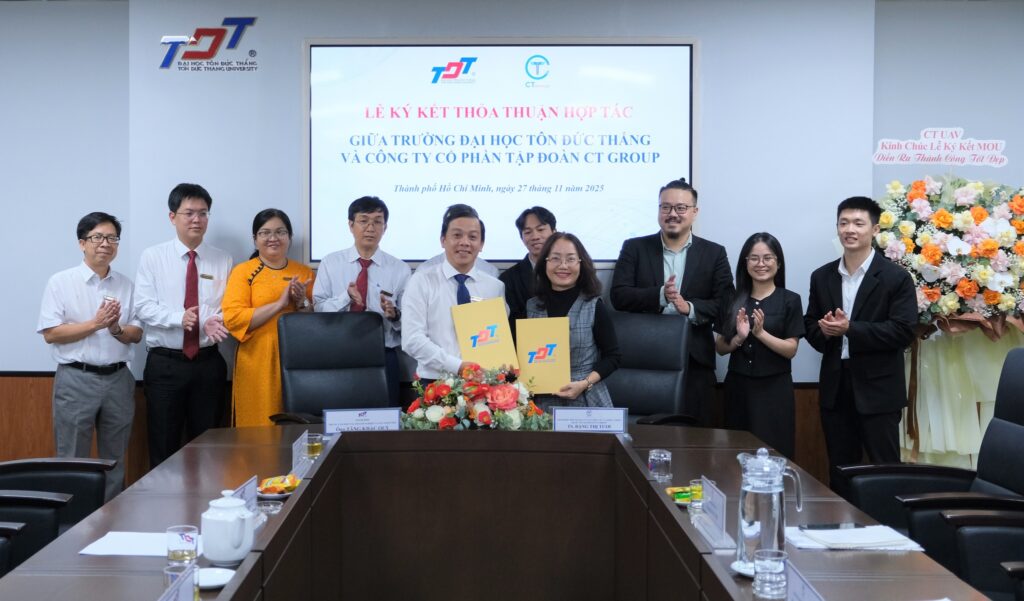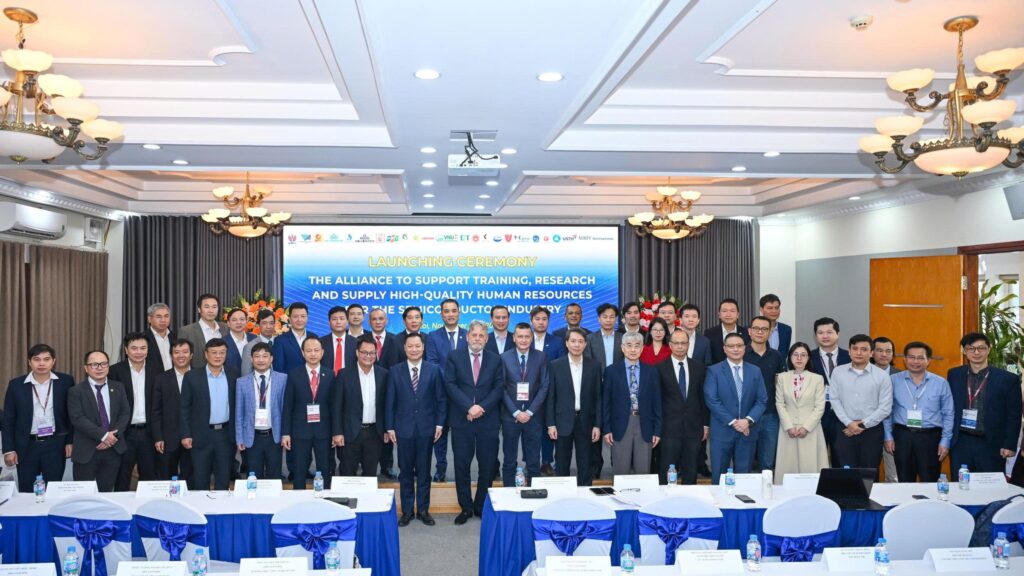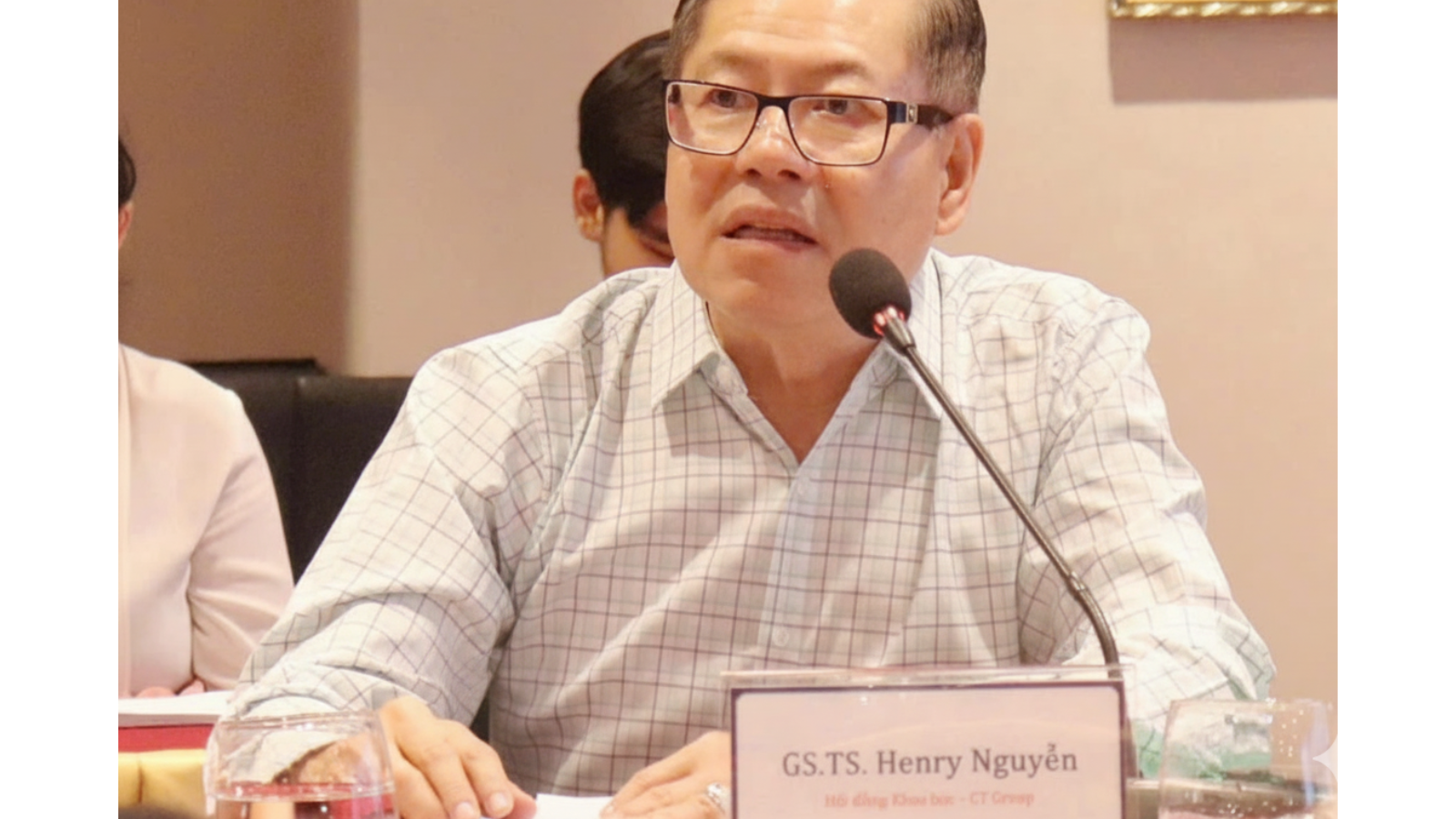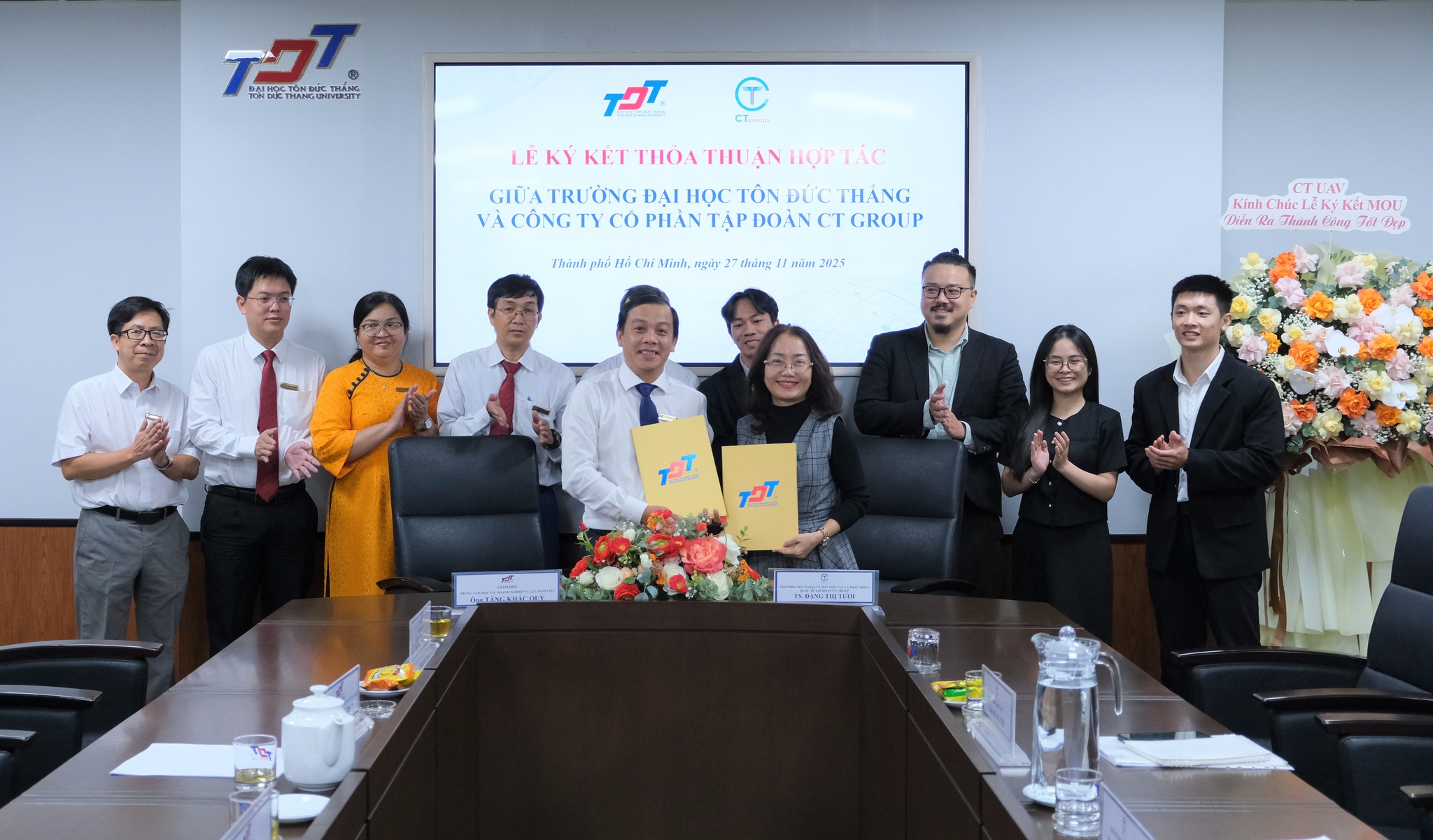Professor Burn-Jeng Lin – a pioneer in immersion lithography technology – played a pivotal role in transforming TSMC into a global icon of the semiconductor industry. He also nurtured generations of outstanding engineers, laying a solid foundation for the future of microchip technology.
The Trailblazer of Immersion Lithography Technology
Not many in the semiconductor industry know the full academic and research journey of Professor Burn-Jeng Lin – the man who revolutionized the global microchip landscape. Born in 1942 in Cho Lon, Ho Chi Minh City, into a Chinese-Vietnamese family, his passion for science led him to Taiwan, where he studied electrical engineering at National Taiwan University, before pursuing and completing his Ph.D. at The Ohio State University in the United States.
From 1975 to 1993, he worked at the prestigious IBM Thomas J. Watson Research Center – a hub for some of the world’s brightest minds in microelectronics. During this time, he played a key role in advancing several lithography technologies, most notably pioneering the concept of immersion lithography.
In the early 2000s, as chip manufacturing approached the limits of physical scaling due to shrinking transistor sizes, Professor Lin pioneered the use of a layer of ultrapure water between the lens and the wafer to increase the optical refractive index—thus enhancing resolution and enabling higher transistor density. Although initially met with skepticism from major players like Intel, IBM, and AMD, TSMC—with its strategic foresight—became the first company to trust, invest in, and industrially implement this technology.
The results were groundbreaking: TSMC became the first foundry in the world to successfully adopt immersion lithography, ushering in a new generation of chips with greater transistor density, superior performance, and lower power consumption. This breakthrough not only allowed TSMC to outpace long-established competitors but also cemented its position as a global leader in advanced semiconductor manufacturing.
Professor Burn-Jeng Lin personally oversaw the research, technology transfer, and training of TSMC’s engineering team to successfully implement this groundbreaking solution. Holding over 60 international patents, he has been honored as a Fellow of the IEEE—one of the world’s most prestigious organizations in electrical and electronic engineering—and elected as a member of the U.S. National Academy of Engineering.
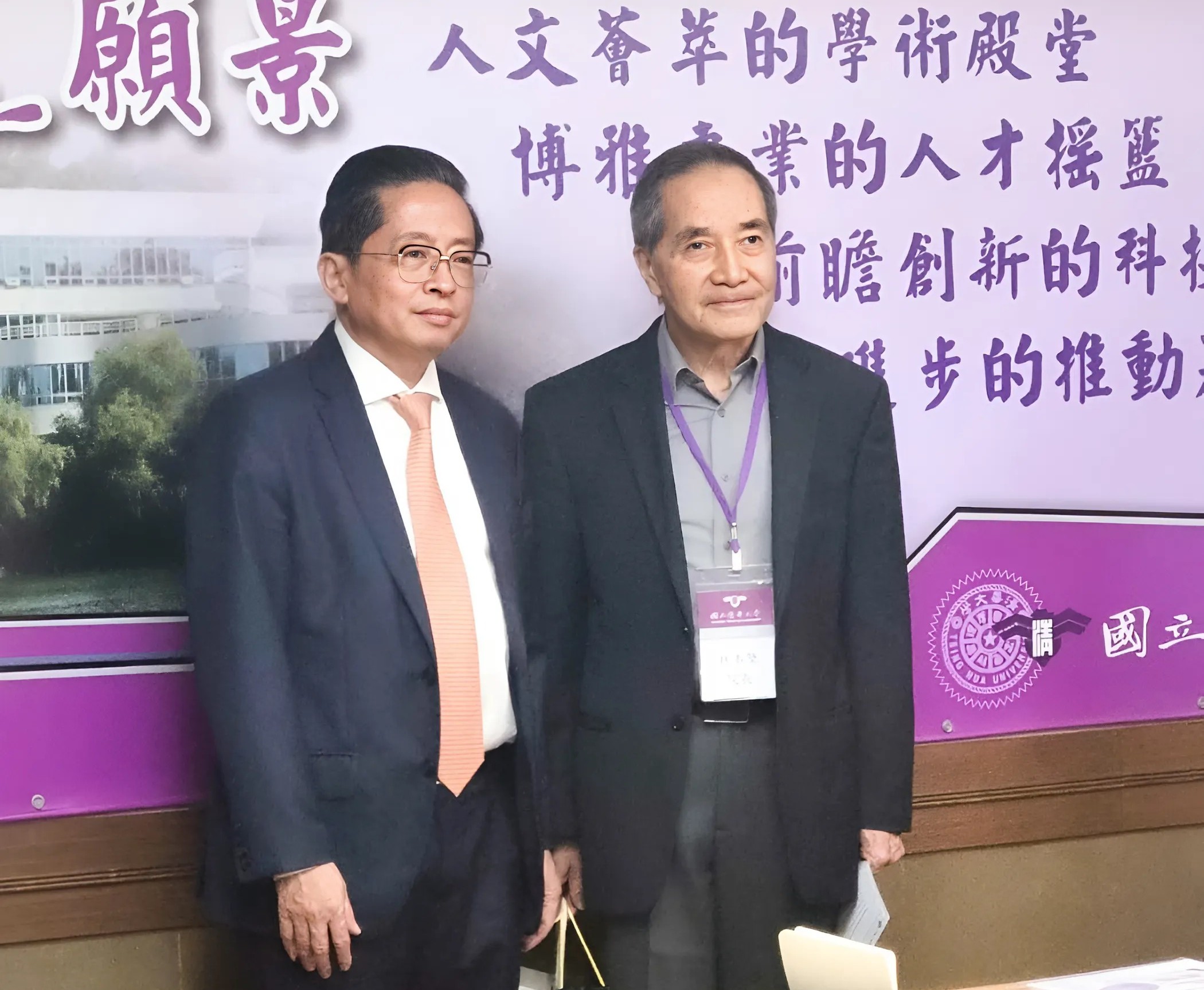
Mr. Burn-Jeng Lin (right) and Mr. Tran Kim Chung – Chairman of CT Group (left)
Where Vision and Legacy Were Forged
After leaving the United States, the place to which Professor Burn-Jeng Lin remained most deeply connected was National Tsing Hua University (NTHU) in Taiwan—one of the region’s most prestigious academic institutions. Established in 1956 in Hsinchu City, NTHU has long been a cradle for strategic education and research in science and engineering, with particular strengths in high-tech fields such as microelectronics and semiconductors.
Strategically located within the Hsinchu Science Park—widely regarded as the “Silicon Valley of Asia”, NTHU serves as a vital bridge between academia and industry. The university not only provides rigorous theoretical training but also stays closely aligned with industrial practices and R&D needs from leading tech giants such as TSMC, UMC, ASE, MediaTek, and many other multinational semiconductor companies.
The university’s College of Semiconductor Research, where Professor Burn-Jeng Lin served as Dean, stands at the forefront of education and research in chip fabrication technologies, system-on-chip (SoC) design, EUV lithography, MEMS, packaging, and other cutting-edge domains. Professor Burn-Jeng Lin was not only a leading scientist but also an inspiring educator—personally shaping the curriculum, leading interdisciplinary research initiatives, and charting the strategic direction of the entire discipline.
It is this combination of rigorous academic inquiry and a relentless drive for innovation that has enabled NTHU to become one of Asia’s top microelectronics hubs. Professor Lin’s legacy lies not only in his groundbreaking technical contributions but also in the generation of well-trained semiconductor engineers who are now shaping the future of the global chip industry.
_______________________
Follow us on Facebook for the latest updates and news


